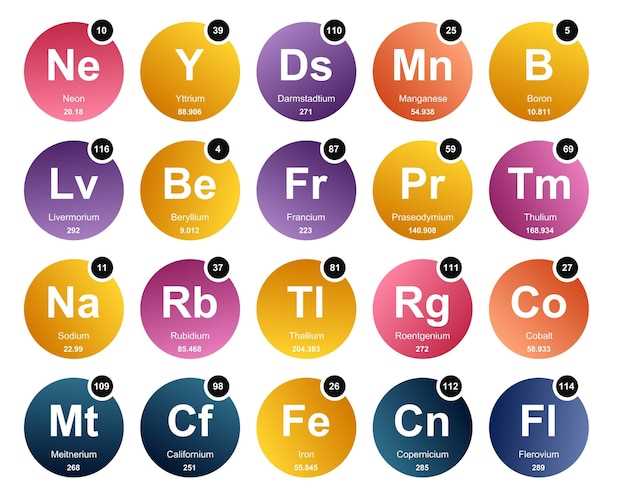
Are you tired of struggling with oral health issues? Look no further – Metronidazole and Nystatin are here to save the day! These powerful medications work together to combat oral infections, eliminating harmful bacteria and fungi.
Metronidazole fights against bacterial infections, while Nystatin targets fungal overgrowth. Together, they provide a comprehensive solution for a range of oral health problems, including gum disease, oral thrush, and more.
Don’t let oral health issues hold you back any longer. Try Metronidazole and Nystatin today and experience the difference for yourself!
Overview of Metronidazole and Nystatin
Metronidazole and Nystatin are commonly used medications to treat various types of bacterial and fungal infections. Metronidazole is an antibiotic that fights bacteria in the body, while Nystatin is an antifungal medication that works by stopping the growth of fungus. These medications are often prescribed together to target both bacterial and fungal infections simultaneously.
Metronidazole is effective against a wide range of bacterial infections, including certain types of skin infections, respiratory tract infections, and sexually transmitted diseases. Nystatin, on the other hand, is primarily used to treat fungal infections such as thrush, yeast infections, and certain types of oral infections.
Key Benefits:
– Dual action against bacterial and fungal infections
– Effective treatment for a variety of common infections
– Easy administration through oral or topical forms
– Generally well-tolerated with minimal side effects
Benefits

Metronidazole and nystatin offer numerous benefits when used as part of a treatment regimen. These medications are highly effective in combating bacterial and fungal infections, making them a powerful combination for addressing a variety of conditions such as bacterial vaginosis, yeast infections, and other microbial overgrowths.
Metronidazole works by disrupting the growth of bacteria, while nystatin targets and eliminates fungal infections. This dual action approach ensures comprehensive treatment and faster recovery for patients suffering from these types of infections.
Additionally, the combination of metronidazole and nystatin has been shown to reduce the risk of recurring infections and promote a healthy balance of microorganisms in the affected areas. By targeting both bacteria and fungi, these medications provide a holistic solution to microbial overgrowth issues, leading to improved symptoms and overall well-being.
Effective Treatment Options
When considering treatment options for certain infections, Metronidazole and Nystatin are known to be highly effective. These medications target different types of infections and can provide relief from symptoms such as inflammation, itching, and discomfort.
Metronidazole

Metronidazole is commonly prescribed to treat bacterial infections, including certain types of skin infections, dental infections, and bacterial vaginosis. It works by stopping the growth of bacteria, thereby reducing the spread of infection.
Nystatin
Nystatin, on the other hand, is often used to treat fungal infections, particularly yeast infections such as oral thrush and candidiasis. Nystatin works by targeting the cell walls of the fungi, disrupting their growth and ultimately leading to their elimination.
| Medication | Target Infections | Mechanism of Action |
|---|---|---|
| Metronidazole | Bacterial infections (e.g., bacterial vaginosis) | Inhibits bacteria growth |
| Nystatin | Fungal infections (e.g., oral thrush) | Targets fungal cell walls |
Overall, Metronidazole and Nystatin offer effective treatment options for a range of infections, providing relief and promoting healing.
Side Effects
Metronidazole:
Common side effects:
- nausea
- vomiting
- diarrhea
- dizziness
Less common side effects:
- metallic taste in mouth
- loss of appetite
- dark urine
Nystatin:
Common side effects:
- skin irritation
- rash
- nausea
Less common side effects:
- stomach pain
- diarrhea
- swelling
Potential Risks and Concerns
When using metronidazole and nystatin, there are some potential risks and concerns that you should be aware of. These medications are generally safe and well-tolerated, but like any medication, they can cause side effects in some individuals.
Common Side Effects
Some common side effects of metronidazole and nystatin may include nausea, vomiting, diarrhea, or a metallic taste in the mouth. These side effects are usually mild and improve with continued use of the medication.
Serious Side Effects
In rare cases, metronidazole and nystatin can cause more serious side effects such as allergic reactions, severe skin rashes, or liver problems. If you experience any unusual symptoms while taking these medications, it’s important to seek medical attention immediately.
It’s important to follow your healthcare provider’s instructions carefully when using metronidazole and nystatin to minimize the risk of side effects. Be sure to inform your doctor of any existing medical conditions or medications you are taking to avoid potential drug interactions.
Usage
Metronidazole: It is recommended to take Metronidazole exactly as prescribed by your healthcare provider. Usually, it is taken orally with a full glass of water. It is important to follow the dosage instructions and complete the full course of treatment, even if symptoms improve before the medication is finished. Do not skip doses or stop taking the medication early without consulting your doctor.
Nystatin: Nystatin is typically used topically or orally, depending on the type of infection being treated. For oral use, swish the liquid around the mouth and then swallow. For topical applications, apply the cream or ointment to the affected area according to your healthcare provider’s instructions. It is important to use Nystatin as directed and complete the full course of treatment for optimal results.
Proper Administration Instructions
Metronidazole and nystatin should be administered according to the instructions provided by your healthcare provider. Follow the dosage recommendations carefully and take the medication for the full prescribed duration, even if your symptoms improve before the treatment is complete.
Metronidazole is typically taken orally with or without food. Make sure to swallow the tablets whole and do not crush, chew, or break them. If you are using the gel form, apply a thin layer to the affected area as directed by your healthcare provider.
Nystatin is usually taken orally in the form of tablets or liquid suspension. Follow the dosage instructions provided by your healthcare provider and do not exceed the recommended dose. Shake the liquid suspension well before measuring a dose, and use a medicine dropper or measuring spoon to ensure accurate dosing.
If you have any questions or concerns about how to administer metronidazole and nystatin, consult your healthcare provider or pharmacist for further guidance.
Availability
Metronidazole: Metronidazole is available in both oral and topical formulations. It is commonly prescribed by healthcare providers and can be found in most pharmacies. Oral metronidazole is typically available in tablet form, while the topical version may come in gel or cream form.
Nystatin: Nystatin is primarily available as an oral suspension or tablet. It is commonly used to treat fungal infections in the mouth and digestive system. Nystatin can be obtained with a prescription from a healthcare provider and is readily available at most pharmacies.
